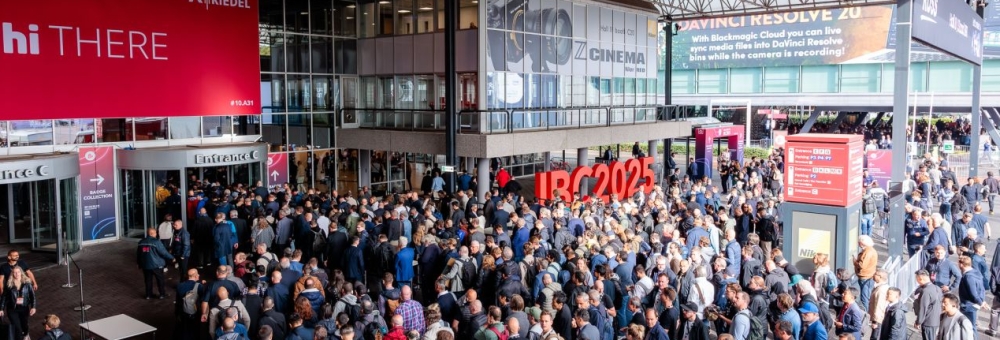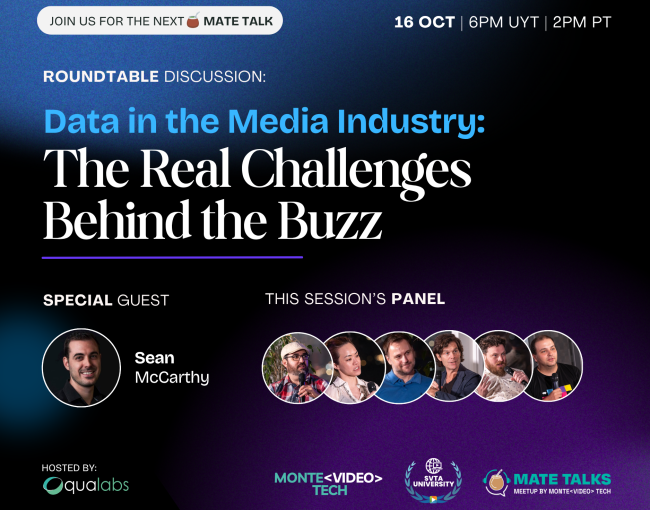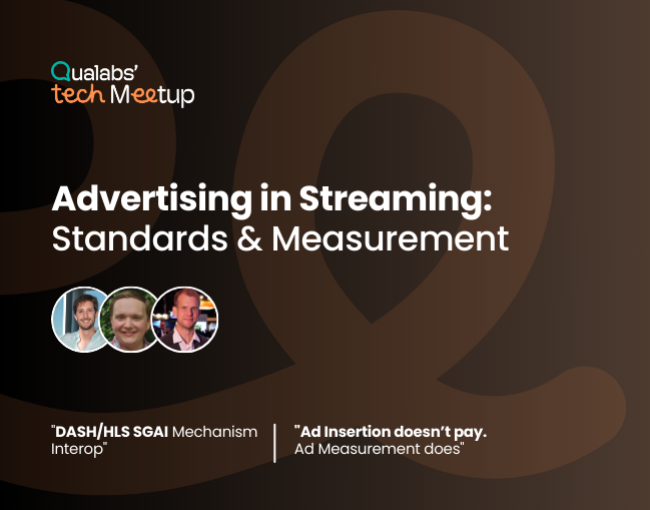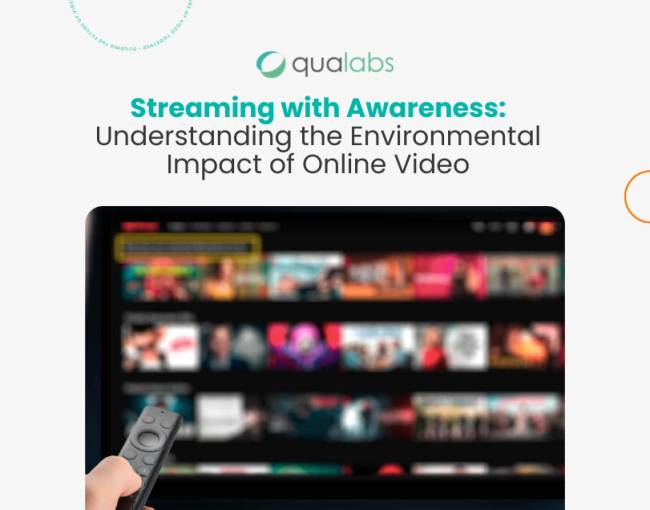The Looming Digital Blackout
The main driver behind this change is the radio spectrum. The frequencies historically used by broadcasters for Digital Terrestrial Television (DTT) are increasingly coveted for mobile phone services, such as 5G and future 6G networks. We have already seen an "analog blackout" that freed up bands for telecommunications, and it is very likely that in the coming years, perhaps after 2030, we will see a similar phenomenon with DTT.
For public broadcasters, like the BBC in the United Kingdom or RTÉ in Ireland, this is not just a technical challenge, but a matter of sovereignty and fulfilling their mission to inform, entertain, and disseminate culture. The question that arises is: how can we build the technology today that will allow millions of people to receive content with an experience equal to or better than the current one, but over the internet?
The L3D-DASH Project: Low Latency at Scale
To address this challenge, the "Low Latency Low Delay DASH (L3D-DASH) at Scale" project was born. The project's name itself hints at its technical foundation: a combination of specific MPEG-DASH functionalities designed to work in concert. A key component is the "low-delay" mode, a feature introduced in the standard's sixth edition. This mode adds special renditions with very small segments, allowing the video player to tune into a channel almost instantaneously. Once tuned, the player seamlessly switches to the regular, low-latency renditions for continuous playback.
This clever combination is how the project aims to achieve both low delay for fast channel switching (zapping) and overall low latency, creating a streaming solution that is not only scalable for millions of users but also offers an experience equal to or better than traditional DTT.
.png)
CMCD v2 in the L3D-DASH at Scale Project
One of the key pillars of this project has been the implementation of version 2 of the CMCD (Common Media Client Data) standard. Although CMCD v2 is not yet finalized, this project has had a significant impact on its development, allowing us to validate and improve the standard thanks to early prototype implementations in Shaka Player and Dash.js. Crucially for this project, CMCD v2 adds specific metrics for latency and start-up time.
It also introduces a powerful "event mode" which allows a player to send metrics when a specific event occurs, such as the reception of a new media segment or a user action like play/pause. A major advancement is the ability to configure multiple collectors and, through filtering parameters Qualabs implemented, ensure that each collector receives only the information relevant to it.
For example, a user behavior collector might only receive "play" and "pause" actions, a debugging collector would get player errors, and an ad analytics collector would only receive information about the viewing of ad breaks. This advanced implementation was precisely what allowed us to collect crucial data on latency and start-up speed, demonstrating the feasibility of replacing DTT with streaming technologies.
A Global Open Innovation Effort
Perhaps the most remarkable aspect of this project is that it was a true global open innovation effort, requiring the creation of an ecosystem of companies and experts from around the world. For instance, Khaled Jerbi (ATEME) provided the crucial encoder and packager, while key technical expertise of video players came from Alvaro Velad (ATEME), Daniel Silhavy (Fraunhofer) and Nicolas Levy (Qualabs). To ensure real-world viability, we collaborated closely with Piers O'Hanlon (BBC), Michael Loftus (RTÉ) and Luke Harnett (RTÉ) to test the streams on their platforms. On the infrastructure side, we worked with Chris Hampartsoumian (Google) to design a highly scalable workflow in Google Cloud, leveraging BigQuery, Cloud Functions, and Pub/Sub to process metrics from millions of users. Furthermore, to explore monetization possibilities, we partnered with Oliver Cortambert (YoSpace) to prototype Server-Guided Ad Insertion in Shaka Player, enabling personalized ads without disrupting the viewing experience. We must also add Alex Giladi (Comcast) and Alex Balk (Comcast) to this list, key players in enabling the integration between all the pieces and were heavily involved in the development of the sixth edition of MPEG-DASH. This truly international effort involved professionals from the United States, Uruguay, Brazil, England, Ireland, Germany, and Spain, with tests also conducted in several Asian countries.
.png)
Open Source as a Philosophy
True to our belief in open-source software and open-innovation, we have published all the work done in our CMCD Toolkit repository as open source. This GitHub repository includes the collectors, the database structure, and the Grafana dashboards, allowing anyone to collect, save, and visualize the information and insights generated. In addition, pull requests with the CMCD v2 implementations have been opened in Dash.js and Shaka Player, available at these links.
We believe that sharing knowledge is fundamental to advancing as an industry. By implementing the drafts of the CMCD v2 standard, we not only put it into practice but also identified improvements, ambiguities, and issues. Our feedback helped to refine the standard, ensuring greater interoperability of systems in the future.
Conclusion: A Viable Path Forward
The L3D-DASH at Scale project is more than a technical exercise; it's a blueprint for the future of television broadcasting. By successfully integrating Server-Guided Ad Insertion (SGAI) for personalized ads, low-delay segments for instant channel zapping, and standardized telemetry with CMCD v2, all built on the universally accessible HTTP protocol, this initiative has demonstrated a holistic and scalable architectural design to face the impending DTT blackout.
While future implementations will undoubtedly emerge, some better and some worse, the great milestone of this project was to prove, at scale, that this solution is a viable path forward. It prepares the industry for the challenges of the coming years, laying the groundwork for a successful transition to a future dominated by streaming.





